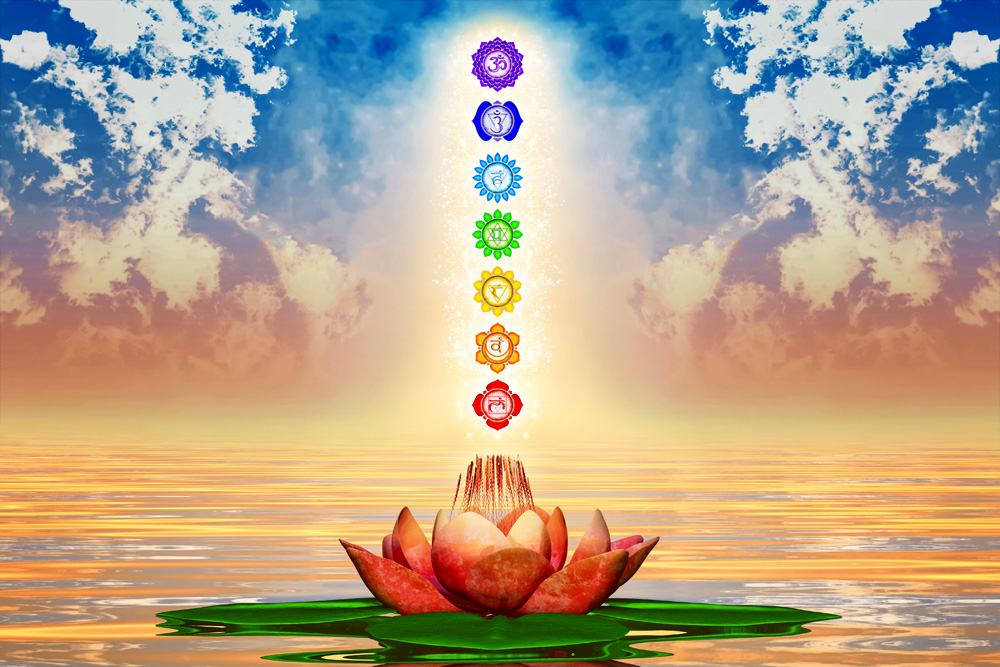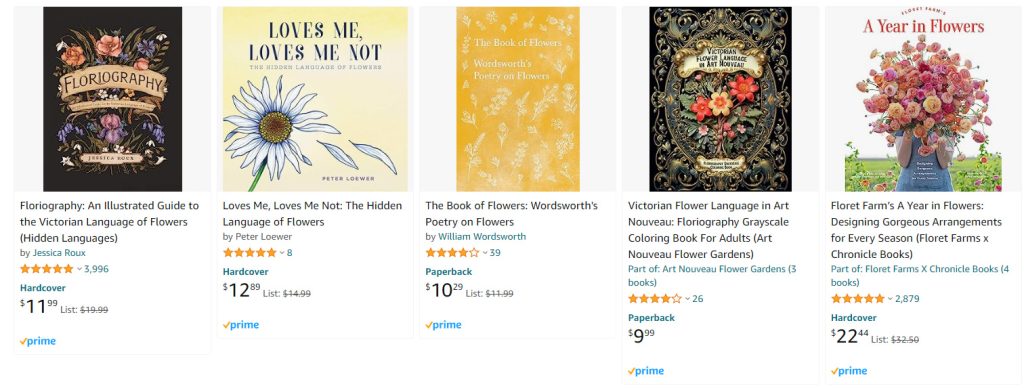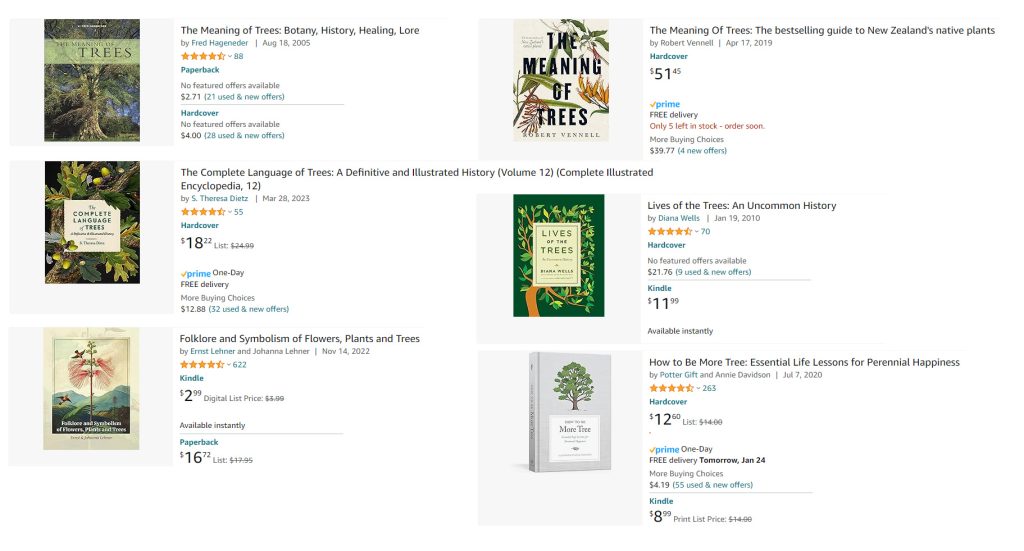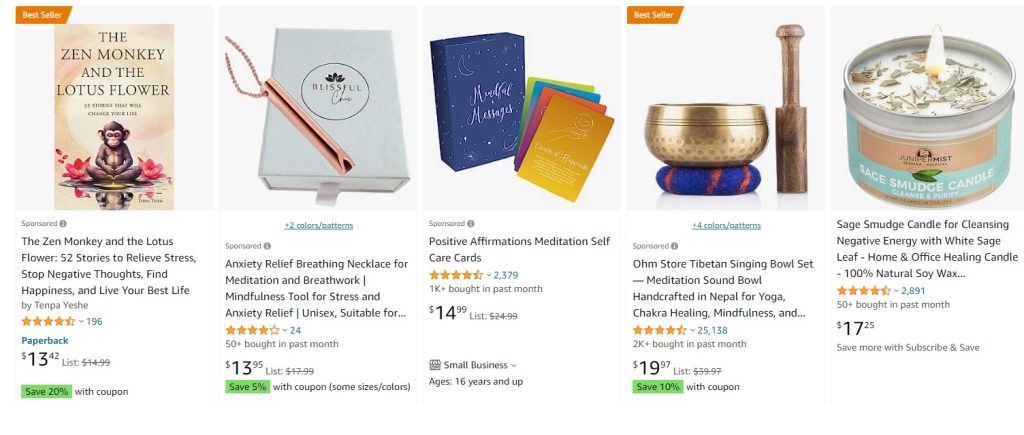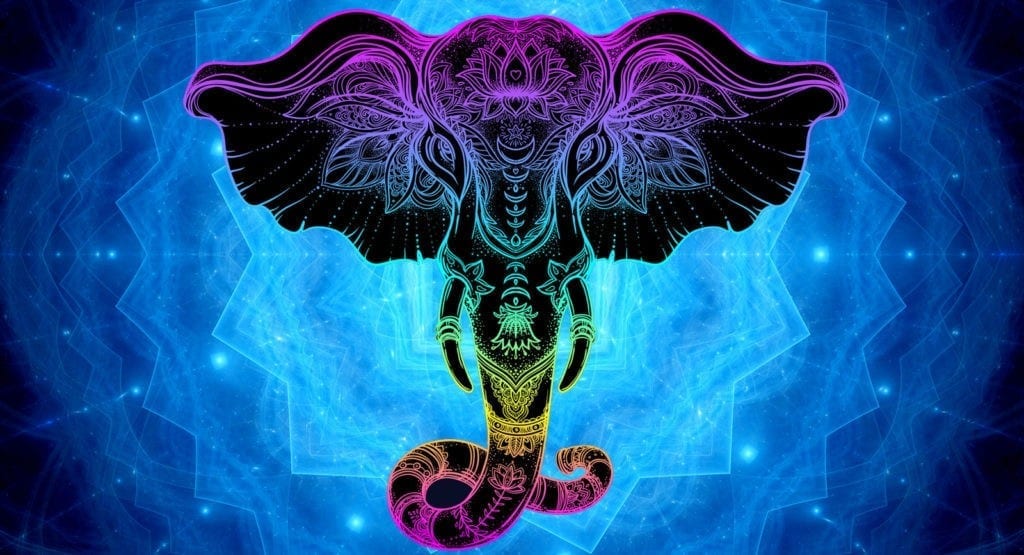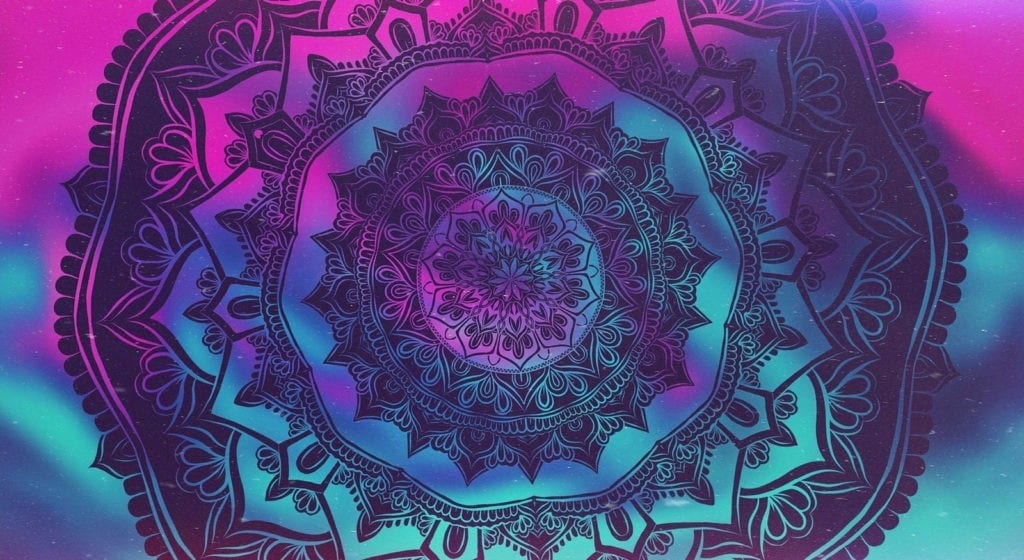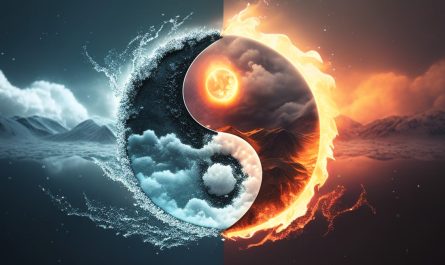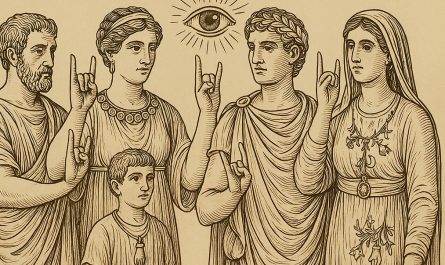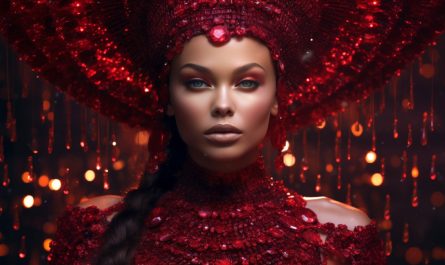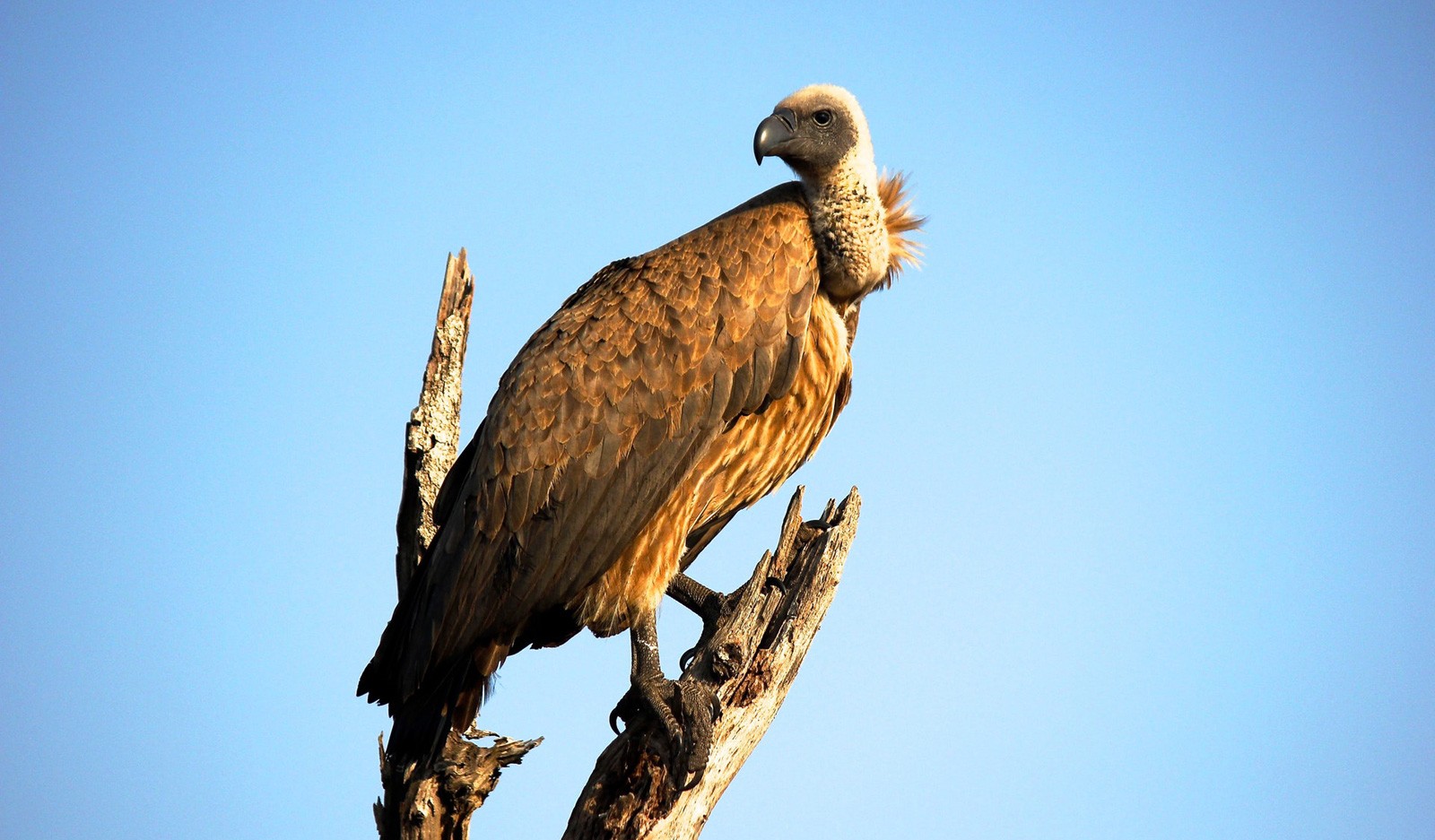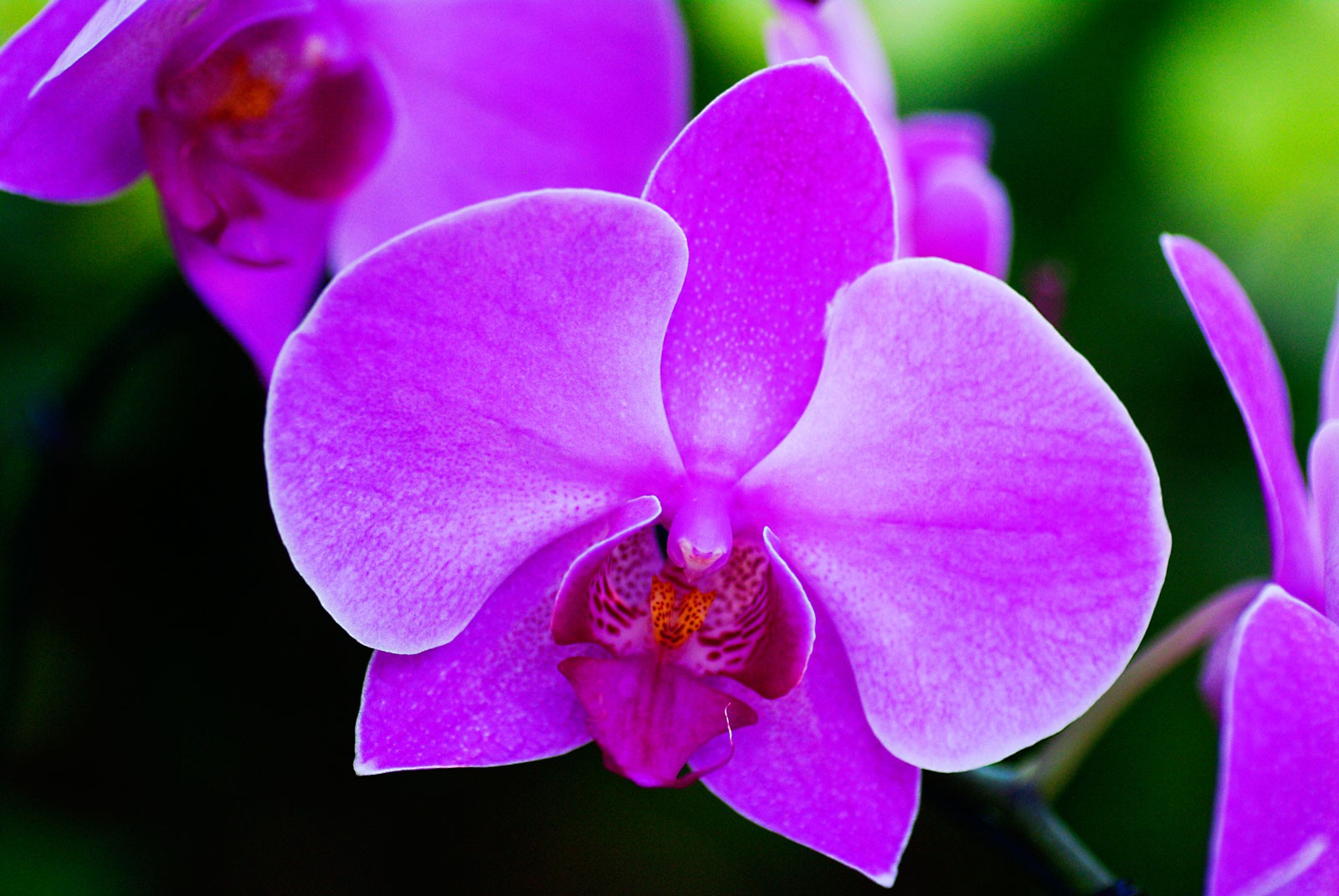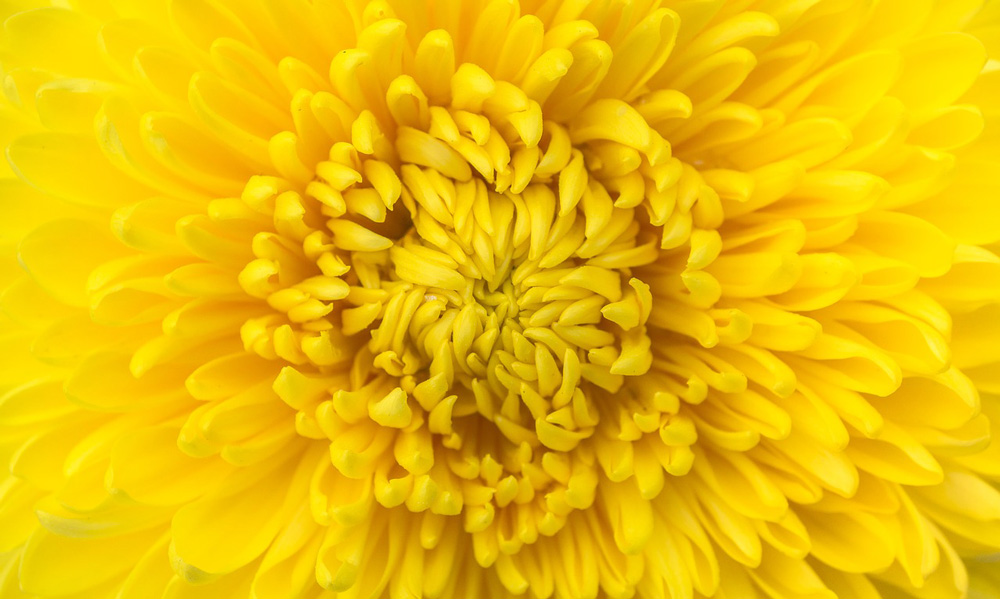Last Updated on August 21, 2021 by Avia
About Flowers Associated with Chakras
This post about flowers associated with chakras was born the same way as almost all my other posts on this website. It’s born from necessity and inspiration. To explain, at the time of this writing, flowers are exploding all over the hills and dales where I live. Secondly, I’ve been spinning my own chakras lately in attempts to balance, focus and reestablish energetic unification.
As I was seized by the bountiful blooms in my yard one day, I thought, “Why not combine chakras and flowers for a more ‘blooming’ balancing experience!?” Bing! Lightbulb! So this article is about chakra flower associations as a means for healing & harmonizing
So, for the last few months, I’ve been picking out flowers associated with chakras and observing the results in meditations. I’m happy to say this practice has been both rewarding and stimulating. Read on about flower chakras, how to utilize glorious blooms in your chakra balancing practices.
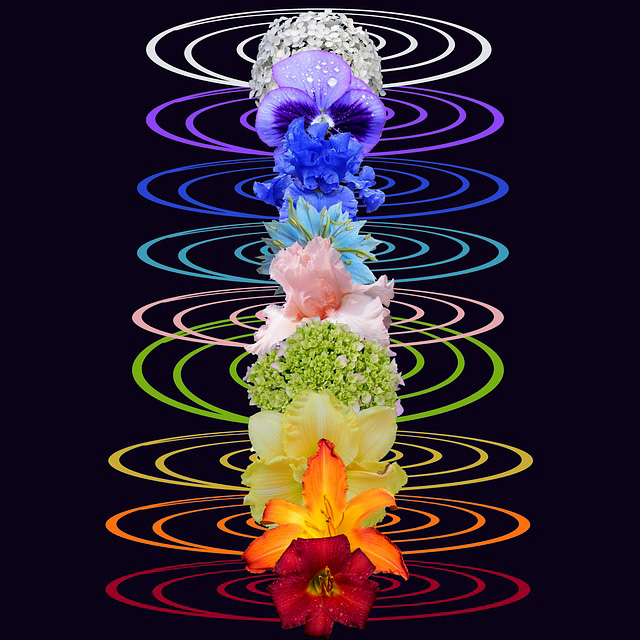
What are Chakras?
The word chakra is Sanskrit for wheel. The most common chakras are combined with seven energy wheels that run through the central nervous system, ranging from crown to root. Chakra symbols represent circular centers of energy. These energy centers resonate in the physical, emotional, spiritual, and mental fields of our being. Chakras correspond to the nerve plexuses and organs in the physical nervous system.
A Brief History of the Chakra System
Chakras hail from ancient India. We see the first evidence of the use of chakras in the sacred Hindu texts. First, we see chakra rituals mentioned in the Vedas around 1200 – 400 BCE. Later, we see philosophical explanations of chakras in the Hindu Upanishads around 700 – 400 BCE
While the Eastern concept of identifying human energy via chakras is an Eastern philosophy, the West became enthralled with chakras too. In the 1900s, an Oxford graduate by the name of John George Woodroffe was consumed with the study of Hinduism. His studies about chakras, tantras, yoga, and Hindu traditions prompted him to write the book The Serpent Power, which became extremely popular in the West. Most of his translations from Sanskrit to English are observed by practitioners of Eastern traditions in the West to this day.
Balancing Chakras
If you think about it, the very idea of chakras (being wheels) speaks to concepts such as movement or spinning. Close your eyes and imagine 7 prime pinwheels in constant motion indwelling you. Some might be spinning slowly; while others might be twirling so fast they may threaten to go off the rails. Balancing chakras is about purposefully and consciously regulating the spinning of each energy wheel (chakra).
By focusing on chakras, or energy centers, and understanding the function of each, we can balance our energies, augment areas in our lives, and even facilitate healing. Balancing chakras is about deep focus or meditation upon each individual energy wheel with an objective to stabilize and harmonize our physical, emotional, and mental essences.
Chakra Chart
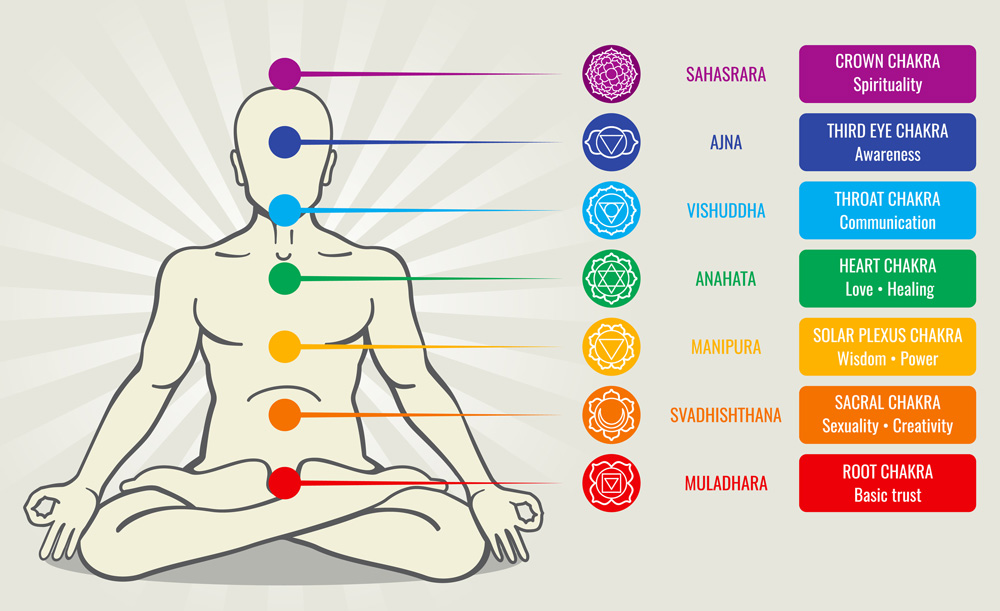
Why Associate Flowers with Chakras?
In truth, flowers already exist in the chakra system. If you look closely at chakra symbols, you will see petals unfolding. These are lotus petals, which is a big deal. Why? Because the lotus is a sacred symbol in Hindu philosophies. The folding and unfolding of lotus petals are synonymous with the folding and unfolding of consciousness, awareness.
The concept of chakra flower associations isn’t a new thing; the lotus is a long-standing symbol that is akin to internal balance, spiritual growth, and natural healing. In this article, I’m suggesting a few other flowers (in addition to the traditional lotus) that might help ‘fertilize’ your chakras. Read on for ideas about how to make your chakra garden grow.
What to Do With Flowers and Chakras
As you read through these suggestions for flowers associated with chakras, meditate upon each bloom assigned to each specific chakra. For example, if you’re are tapping into the sacral chakra (responsible for creation & creativity), incorporate the flowers associated with this chakra (orange lilies, hibiscus, etc). See the flower opening in your mind’s eye as you ponder the core function of the chakra. As the bloom unfolds, so too shall your ability to balance and expand upon the flow of that chakra.
Simply put, it might be easier to focus on a blue flower (throat chakra) thriving, blossoming, and reaching for the light…as opposed to focusing on a blue circular symbol such as the Vishuddha (throat) chakra.
What I’m suggesting is mental focus on the flower that represents a chakra as a way to stimulate, harmonize and actually ‘see’ (psychically) the growth of the flower as if it were the growth of your own internal chakra. Visualize the health and flourishing of each flower as it relates to each individual chakra.
Doing this provides a mental image that can enhance each energy-wheel, facilitate self-understanding & awareness, augments healing, and initiates balance. Incorporating flower energy with chakra energy is a great way to revitalize and really commune with nature while harmonizing our internal energies.
The Chakra Flower Associations
Bear in mind, the flowers associated with chakras I have listed here are not necessarily traditional. They are flowers that have worked for me and other folks I’ve shared these observations with. The flowers chosen are based on color associations & energetic signatures that are similar to each energy wheel.
Muladhara Chakra
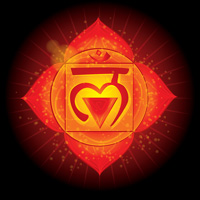
Root Chakra Meaning: This chakra is located at the base of the spine. Its Sanskrit name is Muladhara, which means, “support.” Its energetic domain is that of the physical world. It deals with stuff that makes us feel safe, stable, secure, and…well…rooted. Flowers associated with the root chakra are strong, hearty, and have solid root systems. They are also red in color which corresponds with the root Muladhara crimson hue.
Flowers Associated with the Root Chakra
Poinsettia: Okay, so it’s not technically a flower, but the top leaves turn bright red in their prime. Therefore, they are fitting so-called flowers associated with chakras. Poinsettia root systems run deep and are impressively strong. In fact, the poinsettia, left to its own natural growth, can easily reach bush or tree status. Focus on poinsettia for rooted themes of stability. Interestingly, the poinsettia is native of Mexico…a warm and toasty place, which is appropriate, as the root chakra can serve as a heat center when focused upon. In other words, the poinsettia can ignite your energy engines.
Peony: Red peonies are intoxicating in aroma, and their blossoms are big, bold, and bountiful. They are associated with the root chakra because of this, and also their purported medicinal properties. To explain, they were used in ancient Eastern medicine as a calming effect, settling convulsions and they helped settle nervousness.
Svadhisthana Chakra
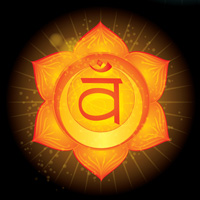
Sacral Chakra Meaning: Situated between the belly button, and the bum, the sacral chakra is responsible for creativity, especially in terms of sex and reproduction. Its Sanskrit name is Svadhisthana which means “self-established.” Because it deals in creation, the sacral chakra is the core of reproduction in terms of birth, art, inspiration, ideas, etc.
Flowers Associated with the Sacral Chakra
Lily (orange-colored): With its lush booms and long stamen, the lily is a luxurious statement of sensuality, sexuality, and creativity. If you’re looking to birth a new creation, the life-attracting pollen and color of the orange lily (such as tiger lilies) can jumpstart that new birth you are seeking to render unto the world.
Hibiscus (orange): While commonly considered an ornamental (and somewhat finicky), in its natural state and left to its own devices, the hibiscus is hearty, rooty, and explodes with lush blooms. It’s a symbol of comfort, delight, and health. Consider drinking a cup of hibiscus tea while pondering the foundational vibes of the sacral chakra. It can be a healing practice that can get your creative juices flowing.
Manipura Chakra
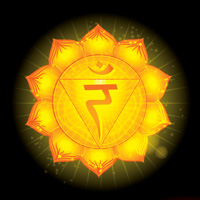
Solar Plexus Chakra: Located in the proximity of the belly button, the Sanskrit word for the solar plexus chakra is, Manipura, which means “gem of the naval.” This energy wheel is centered around concepts of self-esteem, understanding, digestion (physically and emotionally), and self-identification. In many ways, it is the core of our being in that much of how we identify ourselves with the world around us is centered in this energy-wheel. It is a source of power, especially in processing power to be utilized for goals, new ventures, and sustaining strength as we empower ourselves as individuals in the world. Its color is yellow and its flower association with chakras of the solar plexus is also yellow.
Flowers Associated with the Solar Plexus Chakra
Dandelion: While some may call this sweetie a weed, it has more potential and intelligence than imagined. The dandelion is so powerful, it can grow just about anywhere. It’s resilient and goal-oriented to live, thrive and survive. This is a great connection with the Manipura because it underscores the energy of pushing through the veils (or soils) in order to express and expound upon our unique personalities. Munch on fresh dandelion greens while contemplating the power of the solar plexus chakra for renewed energy and restorative creativity.
Daisy: Also a common flower, but too often overlooked for its power to pollinate and bring power to the earth. While they’ve been bred to produce many colors, we’re looking for the traditional yellow-centered daisy when associating with the solar plexus chakra. The bright hue, and the energy of the daisy is a great focal point for getting to the center of balancing goals vs. dreams. In other words, the daisy is both stable and magical. When focused upon, it can help harmonize and determine the difference between fluffy wishes and solid objectives. A cup of daisy tea can help get you to the core of issues, cut through the nonsense and really get moving towards making dreams into reality.
Anahata Chakra
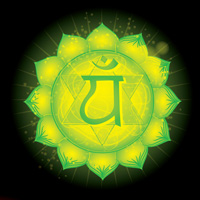
Heart Chakra Meaning: In Sanskrit, it’s known as Anahata which loosely translates to “unharmed.” This chakra is about purification, honesty, love, sentiment and is the engine of deep sensitivity. As the heart chakra is fueled by love, green-hued flowers associated with this chakra are also symbolic of adoration, empathy, and compassion. The Anahata is also closely connected with emotions of all kinds, not just love. This energy-wheel is where our feelings harmoniously spin (or spin out of control).
Flowers Associated with the Heart Chakra
Gladiolus (greenish-white): Symbolic of strength because its growth looks similar to a sword, the gladiolus is a heart chakra flower because it facilitates emotional power, pride (the good kind) and even victory over emotional turmoil. It is also symbolic of faithfulness, loyalty, and family devotion. Since we feel an emotional connection through the heart chakra, the gladiolus (and its symbolism) resonates well with these profound sensations.
Bromeliad: Okay, you’ve caught me again. It’s true, the bromeliad isn’t really a flower. However, its leaves do produce spiky flower-like protrusions. You might be most familiar with the most common form of bromeliad…the pineapple. What’s interesting about this pseudo flower is that the green blades start out pure green. With age and maturity, colors morph, and the leaves take the form of sword-like flowers or fruit. This is important when visualizing the heart chakra in the form of a bromeliad. The heart is an emotion-engine. It starts out fresh and untouched. With age, it builds character, learns lessons, sometimes sustains damage but keeps beating with the urge to connect, love, and be loved. Same with the bromeliad. With love, care and attention, beautiful fruits follow, and that is what the heart genuinely desires and requires in order to truly become fruitful.
Vishuddha Chakra
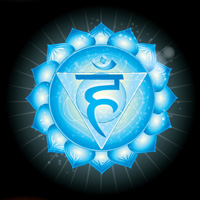
Throat Chakra Meaning: As its name implies, this chakra is found at the throat and governs communication. Its Sanskrit name is Vishuddha which means “pure.” The key to this chakra and flower is about purifying the message we send out to the world. If you think about it, what we audibly utter has the power to uplift or crush. One word spoken can make the difference between success or failure in business, relationships, negotiations, etc. It’s a common Hindu belief that anything spoken has a karmic effect. Meaning, a harsh word spoken is likely to boomerang back, and harm us in return. Consequently, the flowers associated with chakras of the throat are vital for purifying expression and communication.
Flowers Associated with the Throat Chakra
Hyacinth (blue): Symbolically, the hyacinth is a great partner to the throat chakra because it represents sincerity, purity and constancy. Blue hyacinths are a message of trust, honesty and forgiveness…in terms of communication, these attributes are key. Balancing the blue hyacinth with the blue Vishuddha facilitates transparency in communication, honorable exchanges, and creative expression.
Morning Glory: These flowers are particularly helpful for public speakers and orators. Known as the ‘back to school’ vine, there is perfection in the timing of their blooms in the morning (and around when school is back in session). These flowers are hearty, resilient, and don’t easily crack under a challenge. In terms of self-expression (or public speaking), the morning glory partners with the Vishuddha chakra to bolster confidence in creative communication.
Ajna Chakra
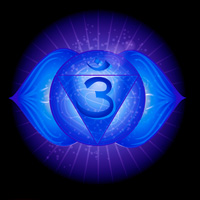
Third-Eye Chakra Meaning: Known as the Ajna in Sanskrit, it means “command” or “perceive.” Its common name belies its location between the eyebrows and is considered a kind of the third eye because it opens up a different kind of perception. You might say the Ajna is the gateway to psychic sight. At the very least, the third eye chakra, when balanced, is a portal for seeing things differently, understanding grandiose concepts with ease, and looking at the world in unique ways. Its color, indigo, is deeply telling. It’s a meditative, contemplative color. The following flowers associated with the Ajna chakra are equally deep and capable of big changes in perception.
Flowers Associated with the Third Eye Chakra
Pansy: Its color is a no-brainer when in terms of flower associations with chakras because it a perky, sublime matchy-match indigo color to the Ajna. The pansy (also known as violet or viola is also symbolic of memory. In fact, the flower is often seen on funerary ornaments (etched in tombstones or memorials) as a symbol of remembering loved ones who have passed on. Furthermore, the violet has long been held as a flower that enhances psychic perception and spiritual understanding in many cultures. Consider the violet blooming between your eyebrows as you seek unique vision and unorthodox perception.
Hydrangea (dark purple): With its burgeoning pompoms of blossoms, the hydrangea is symbolic of abundance in indigo-hued visions. The flower clusters represent prosperity, grace, and spiritual peace. Like the violet/pansy, they are also common features in funeral ceremonies because they stand for everlasting life (life after death). In this light, the hydrangea is linked to the Ajna chakra because it facilitates a kind of vision that is beyond physical or beyond the plain, mundane superficial stuff we see every day. Linking with the hydrangea for enhanced perception is a great way to broaden insight and expand inner visions.
Sahasrara Chakra
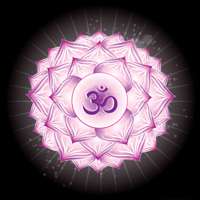
Crown Chakra Meaning: Last but not the least (or the only) chakra, this energy center is located at the top of the head, where a crown might be worn (hence the name). In Sanskrit, this chakra is called the Sahasrara, which means “thousand petals.” If you look at the Sahasrara chakra symbol, you will notice one thousand petals. This distinction recognizes the complexity of consciousness and the myriad layers of awareness. When balanced, unlocked, and fully functional, the thousand-petal lotus unfolds as our psyche or consciousness unfolds when fully awakened or in a state of pure nirvana. This chakra deals with expansive awareness & it’s a gateway to cosmic connection and universal knowledge. The crown chakra is violet colored, but the flowers associated with the chakras of the crown of consciousness may also be white. Why? Because white is a color connected with cleansing and purification, which is required in order to reach a state of unimpeded consciousness.
Flowers Associated with the Crown Chakra
Lotus (white or violet colored): While all the chakras sport a lotus within their symbols, the crown chakra is particularly linked with the lotus. It is one of the few flowers that produce 1000+ petals, and so represents the varied levels of awareness that gently unfold to receive the light of the sun (which is a symbol of spiritual wisdom, renewal, and divine connection). Interestingly, the lotus does it’s best blooming in some of the murkiest, muddiest bogs. Symbolically, this is a reminder that no matter how poopy our lives are, cleansing & nirvana can bloom in our spiritual realms.
Chrysanthemum (violet-purple): Some (not all) chrysanthemums are perennials, which makes them a symbol of returning focus and recurring themes of perennial wisdom. Chrysanthemums that are annuals are reminders of impermanence and the value of seizing the present moment (which is one of the truest methods of attaining zen). Its multitude of petals represents the unfolding of consciousness in the divine light of the innate, inherent knowing. The flower (and the crown chakra) connects the deeper wisdom with each soul with the expansive wisdom of the cosmos.
Last Word on Flowers Associated With Chakras
Of course, these are just a few examples. There are more flowers associated with chakras that deserve further exploration. I’m just offering you the ones that helped me connect more profoundly with nature and aided my efforts to balance my own chakra energies. I hope you work with flowers and chakras in your meditations and contemplations (if you don’t already). Doing so will render bounding blooms of understanding, balance, creativity, and renewed awareness. I sincerely hope these chakra flowers will help you grow a glorious garden of health, wealth and awareness. As always, thanks for reading!
Mighty brightly,
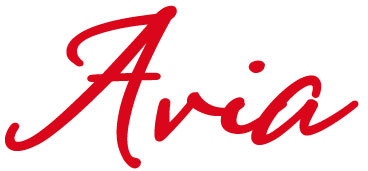
© Copyrighted. All Rights Reserved.

